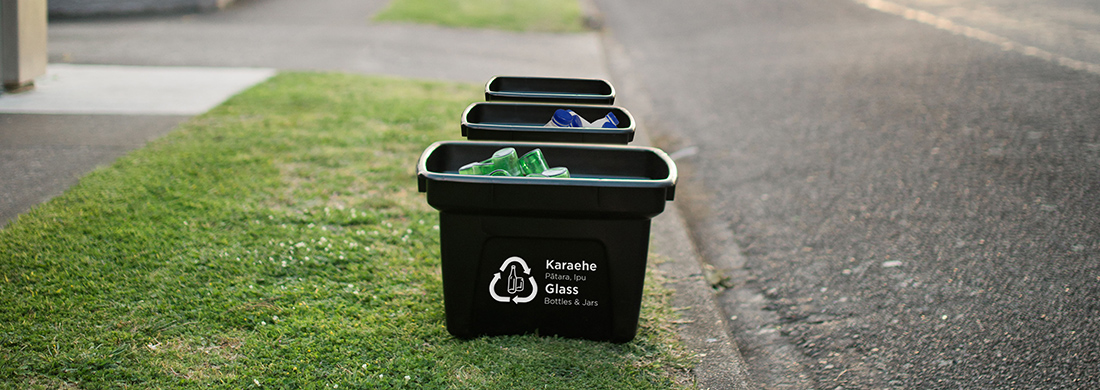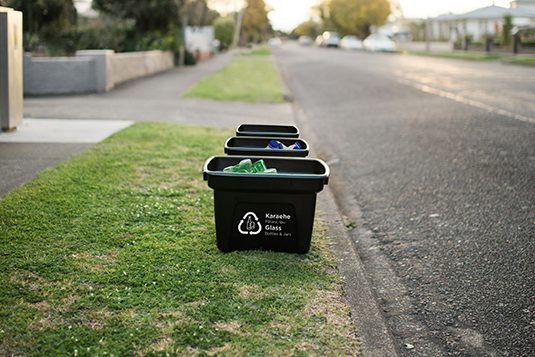
Reducing waste, increasing recycling is a clear case of separation

By Dominic Salmon – Glass Packaging Forum Scheme Manager
With a third of New Zealand’s population living in Auckland, the city has the biggest opportunity to reduce our nation’s waste and vastly increase how much we recycle, minimising the economic and environmental impact of sending recyclable material to landfill.
Recycling a tonne of glass, for example, saves over a tonne of natural resources and approximately 499kg of emissions while reducing the space needed in landfill.
Auckland City Council has set an ambitious goal – to be zero waste by 2040. It plans to achieve this by working towards a circular economy, using resources for their best and highest value for as long as possible.
This is exactly the kind of forward-thinking needed to effectively tackle our collective poor record on waste. To achieve this audacious goal, we need to change the way Aucklanders put out their kerbside recycling each week.
What do I mean by getting the best use and highest value for material? I mean delivering an uncontaminated, single material, which needs minimal processing, to end markets.
Auckland’s current system of putting glass, plastic, metal, cardboard and paper into a single bin (co-mingling) leads to high contamination rates, and slow, costly processing.
The low quality of glass processed from Auckland’s co-mingled collection limits the ratio of that recovered glass which can go into each batch at New Zealand’s Auckland-based glass manufacturer, compared to less contaminated glass from further afield.
Luckily, the solution is simple and already being used by most councils around Aotearoa New Zealand – separate collection bins for glass. This would vastly increase the amount of high-value glass being collected and processed in Tāmaki Makaurau, with very little change required to residents’ behaviour.
I fully appreciate there is a financial cost in the short-term to change the city’s collection method. But there are long-term costs, and benefits, to consider. If we don’t get this right, right now, what is the cost to our whānau and communities in future? As a voluntary product stewardship scheme, the Glass Packaging Forum welcomes conversations with the council on how we can collectively work towards its zero-waste goal.
I applaud Auckland City Council’s ambitious approach and encourage it to seriously consider an alternative to co-mingled collections. It’s clear maintaining the status quo won’t be enough to make the country’s biggest metro the shining example of sustainability it deserves to be.
Submissions on the Auckland City Council’s draft Waste Minimisation Plan closed on 28 March, but you can still read the plan on the council website.
The GPF has made as submission on the draft plan, which can be read here.


